This is probably the face of the HypernanoX series. The HX800 once stood out in reputation and popularity. As the former racket of Tai Tzu-ying, the HX800 has won many fans with its unique feel and excellent performance. However, like many of Victory’s popular models, it shares the same fate of collapse and cracking, which has deterred many from choosing it.
Parameters: 3UG5, with a base, total weight 92.9g, balance point 305mm, 6.8mm Boro Carbon shaft, length 215mm, hard tuning, diamond aerodynamic frame, 76-hole string bed, 9-3 o’clock grommets, 28 lbs warranty, string tension 25-27 lbs KT65.

This is a racket with a black base, but the black primer is very deep, like ink, with no grayish tint. The racket features a lot of technology, some of which is exclusive to the HX series. In its time, the diamond aerodynamic frame combined swing speed with stability. The appearance isn’t outstanding, but the additional stickers and purer black give it a quality look. However, both the stickers and paint are quite fragile and prone to defects.
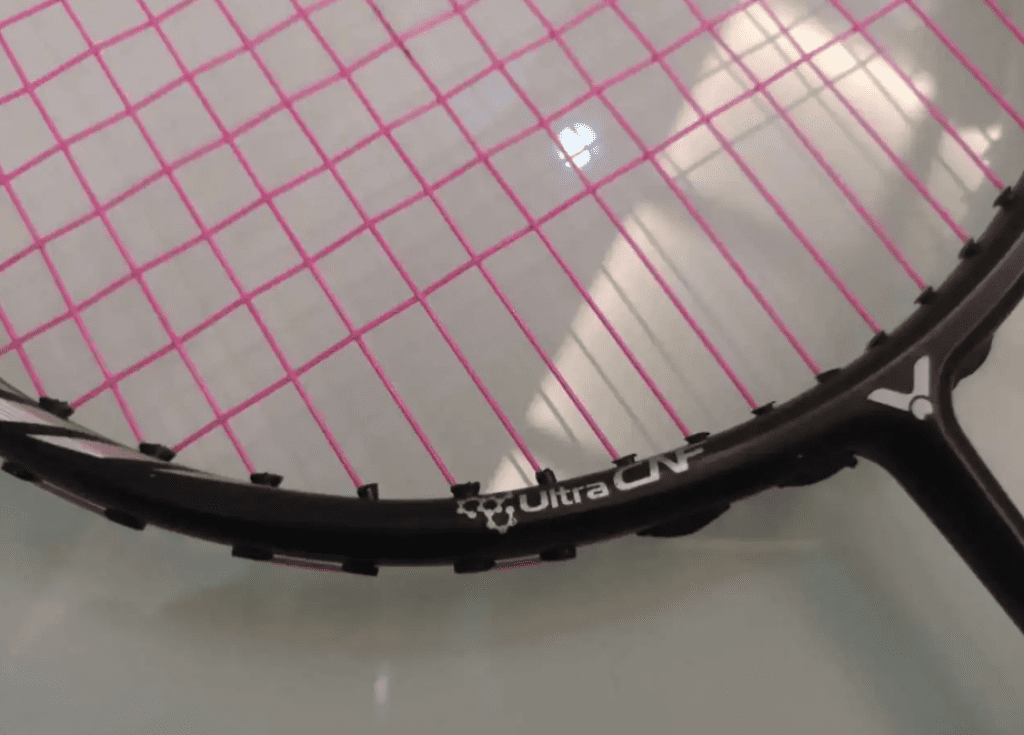
The HX800 is clearly a high-end racket for advanced players, with a high driving threshold. In terms of head heaviness, it is definitely a balanced racket, which matches my impression of the HX series. The feel of the shaft and frame can be discouraging for beginners. The shaft’s hardness might be similar to the HX900X, but the latter’s stronger head heaviness excels in power driving, while the HX800 relies more on the player’s own power. Even with a 3U version, the racket still feels quite stiff, even for warm-up clears.
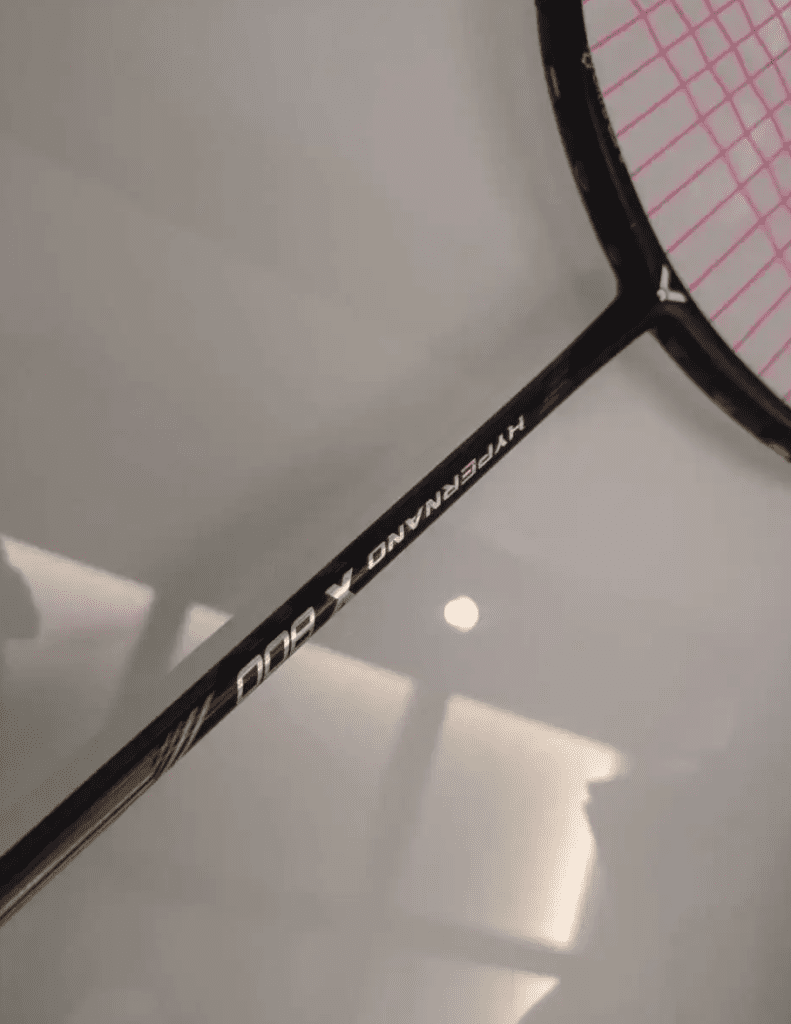
The HX800 also has two twin versions, LTD-C and LTD-P. Based on previous trials, and considering factors like ball response, swing weight, and feedback, the HX800 falls between the two. Although the shot is extremely crisp, it doesn’t provide the same swing speed surprise as the LTD-C.
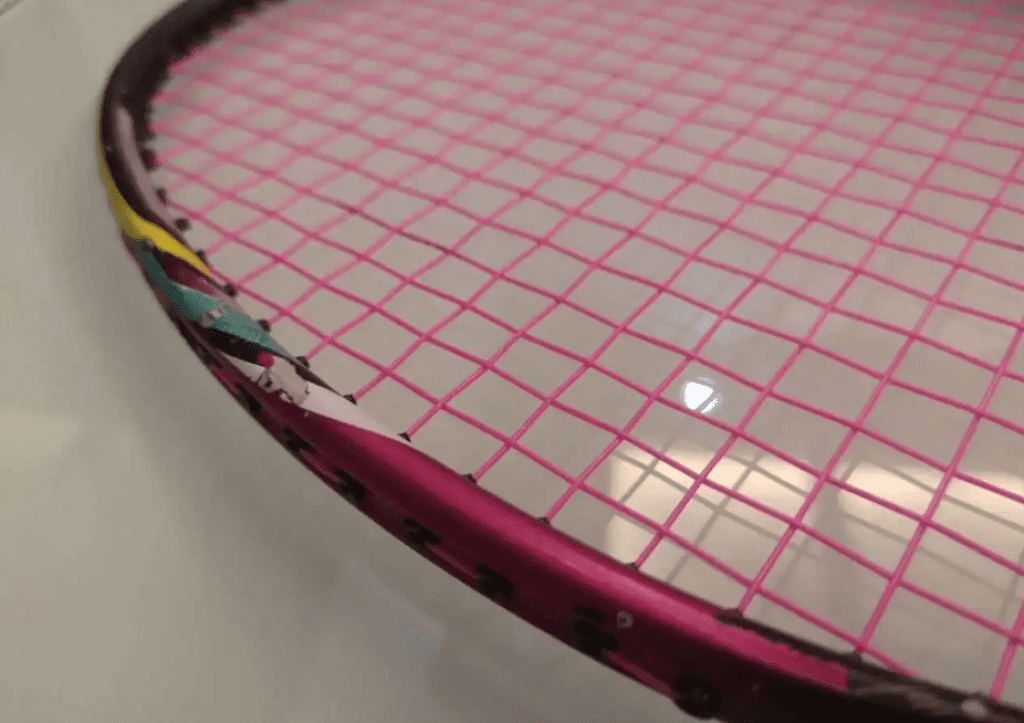
However, one advantage is its low energy loss, providing a raw, powerful feel. In situations like receiving smashes, the rebound feeling is very easy, especially against opponents who like to hit hard. It almost doesn’t require much physical effort to counter their shots.
Additionally, this direct feel provides very low response delay during flat drives, making shots high-bouncing and stable. But the current 3U specification doesn’t offer a more continuous frame swing experience; otherwise, it would excel in flat drives. For players who favor control, the non-holding racket face may reduce tolerance in net play, with a very narrow adjustment window between high bounce and netting.
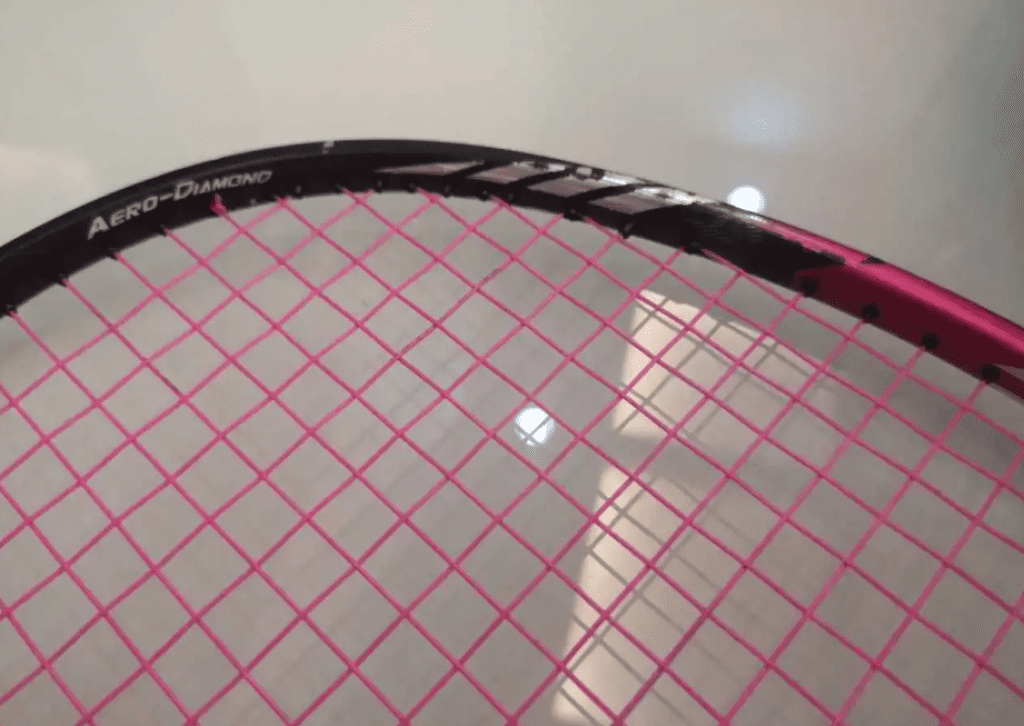
Since the racket is designed for quick shots, its heavy smash performance completely depends on the user’s ability to pinpoint power. The more concentrated the power, the more lethal the shot. This can be quite unfriendly, similar to the DZS model, where although the racket seems to deliver quick and sudden shots during flat kills, a more focused effort is needed for satisfactory smashes. I’ve recently felt a similar experience with the original Boli 2013P, and I think this is where the HX800 falls short compared to the MX80N. I tend to prefer lighter rackets that are easier to power up, and the 4U version seems more suitable for driving.
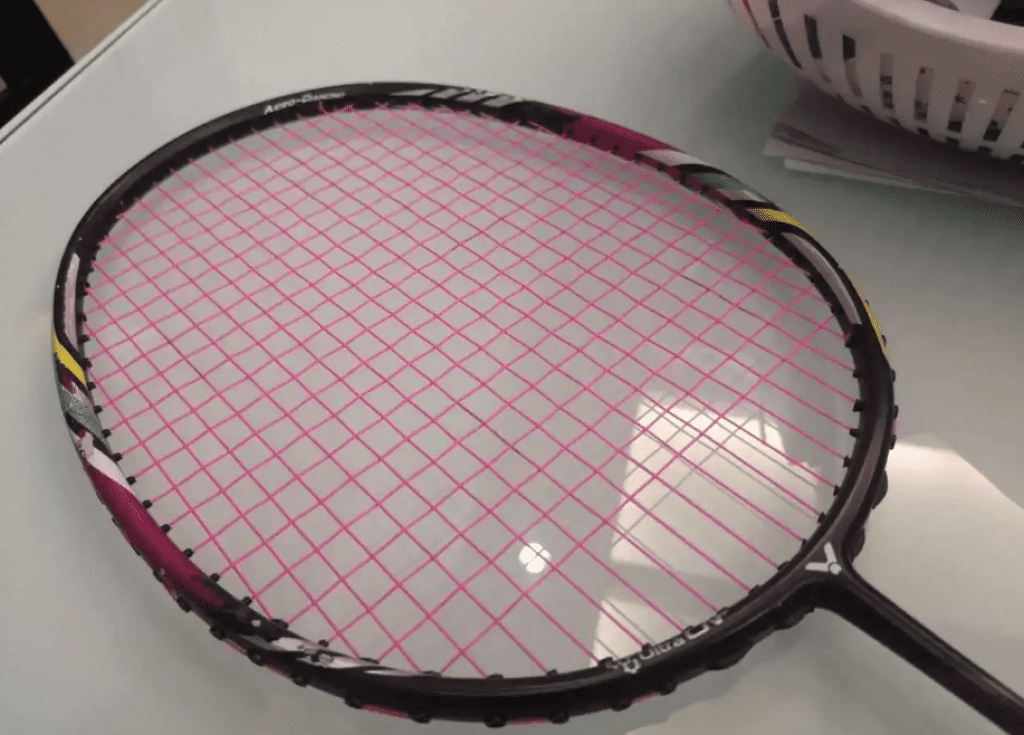
This racket was borrowed from a local friend. I had previously tried this racket once before. Although I really wanted to write about it after that first encounter, I knew I couldn’t fully grasp its nuances at the time, so I didn’t push myself to write it. Recently, after borrowing it again, I got another opportunity to experience it. However, this reunion after two years has somewhat diluted my impressions.

Leave a Reply